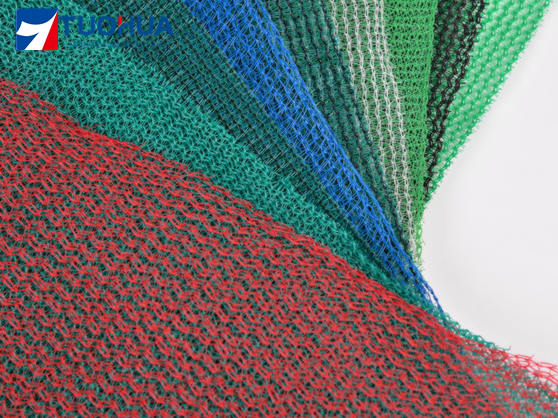Application of shade nets with different shade rates
Application classification of shade nets with different shade rates
Shade netting is a sun protection material widely used in construction, agriculture, fisheries and other fields.
Its different shading rates determine its applicable application range. The following are the application classifications of shade nets with different shade rates.
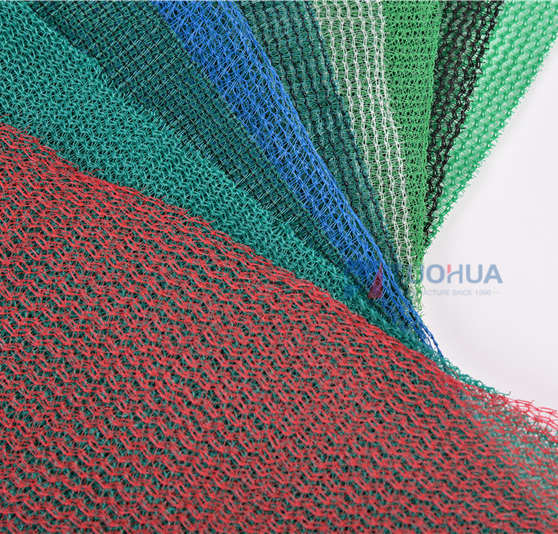
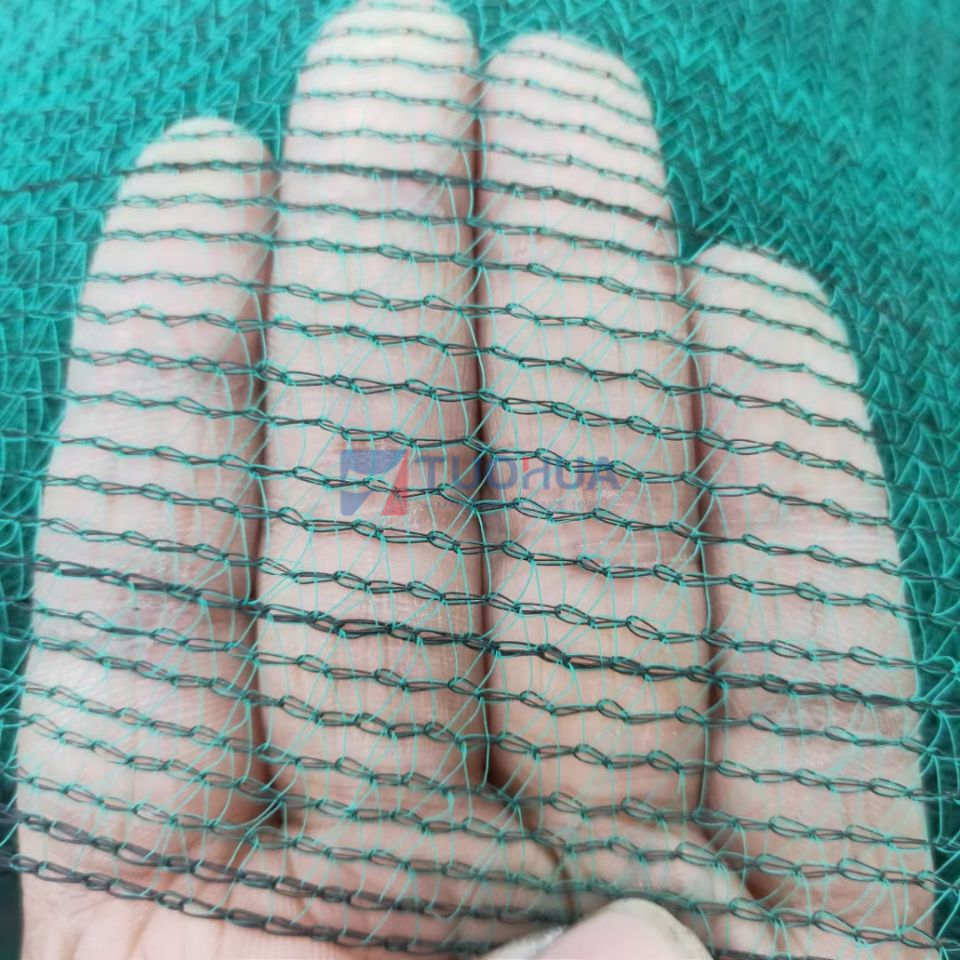
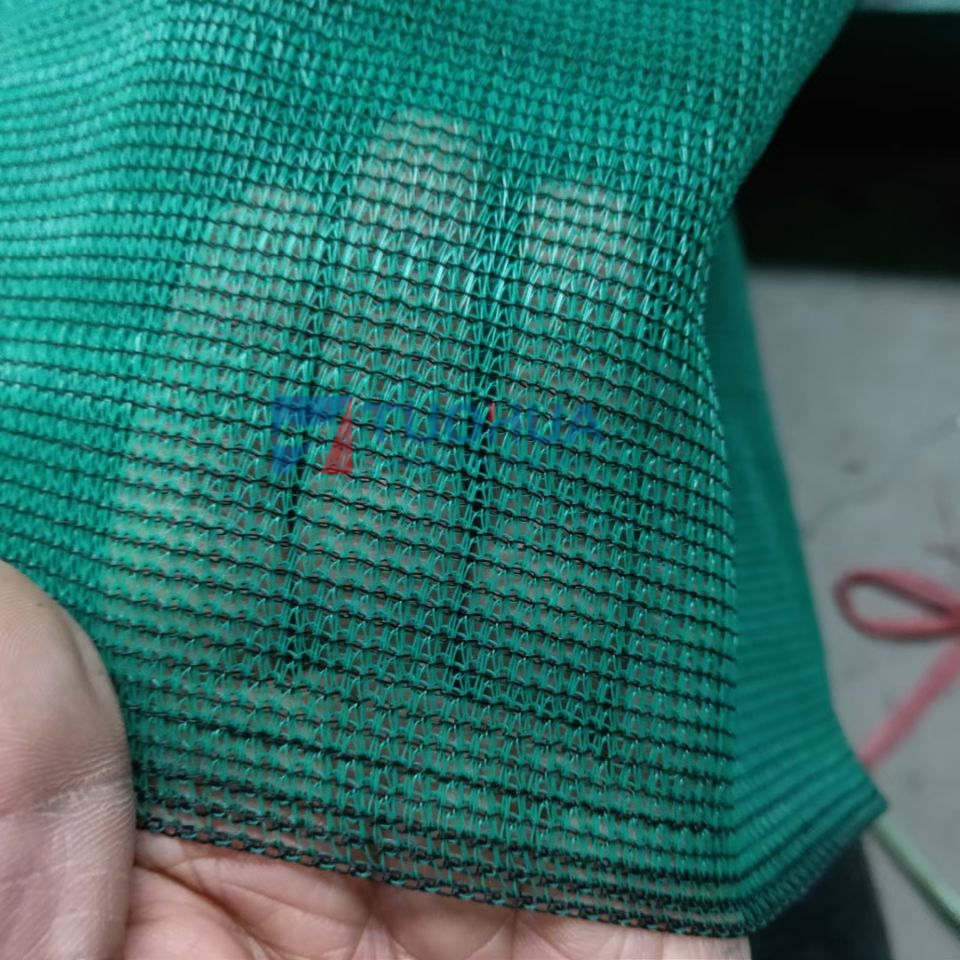
30% shading rate shading net:
It is suitable for agricultural planting, flower gardening, fishery and other fields. This kind of shading net can reduce the intensity of direct sunlight, reduce the damage to crop leaves, increase photosynthesis and improve crop yield. At the same time, it can also prevent the water temperature of fish ponds from rising and protect fish from over-exposure to the sun.
50% shading rate shading net:
It is suitable for buildings, open-air parking lots, swimming pools and other fields. This kind of shade netting can effectively reduce the intensity of direct sunlight, reduce the temperature rise indoors or outdoors, and improve the effect of air conditioning or ventilation. In places such as open-air parking lots or swimming pools, shading nets can provide shading and sun protection for vehicles or people.
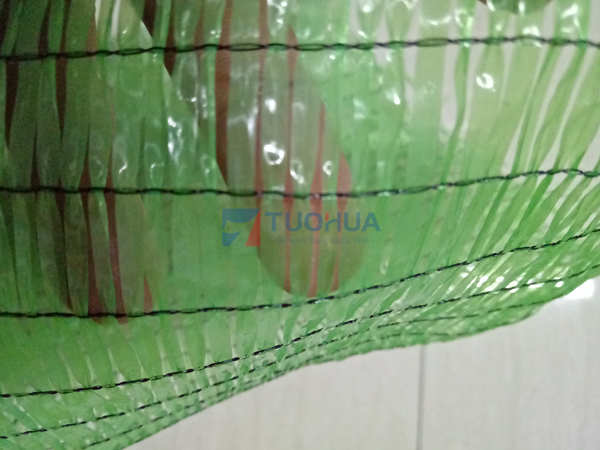
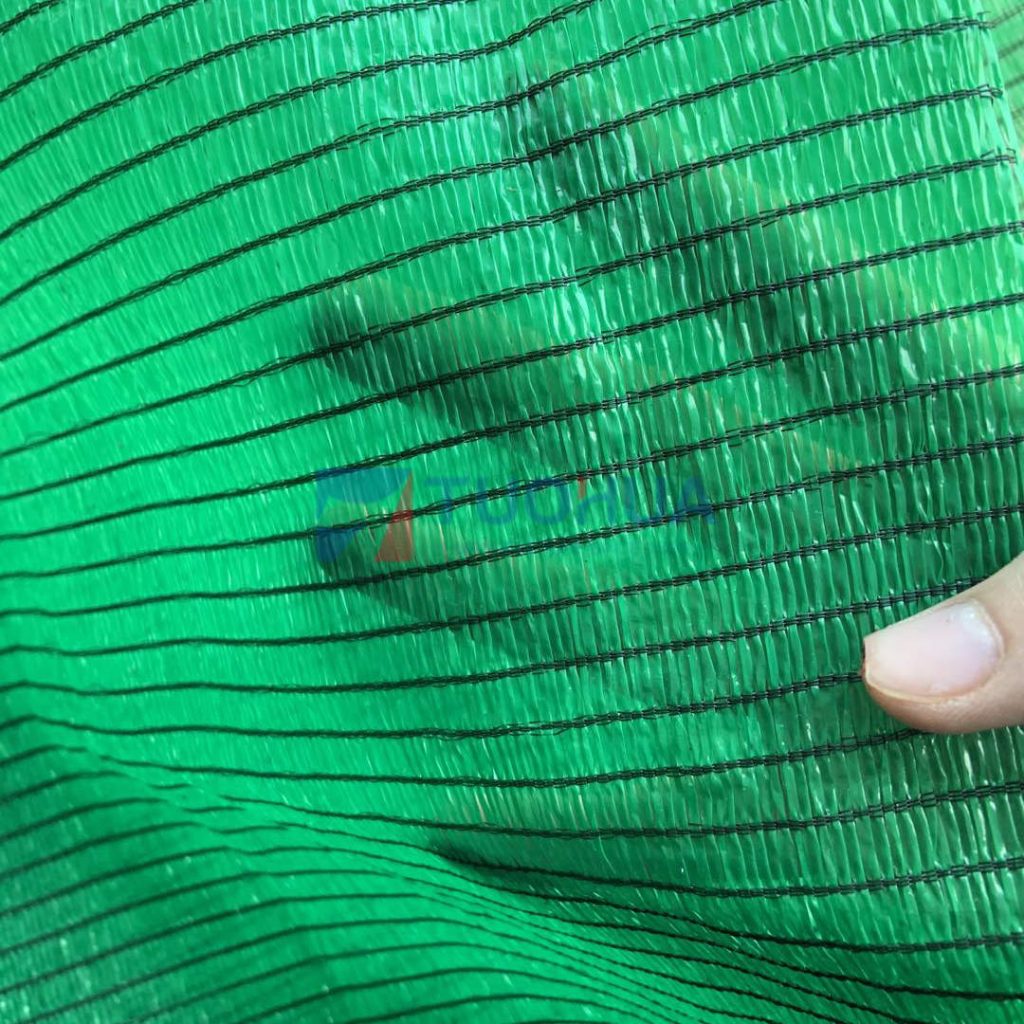
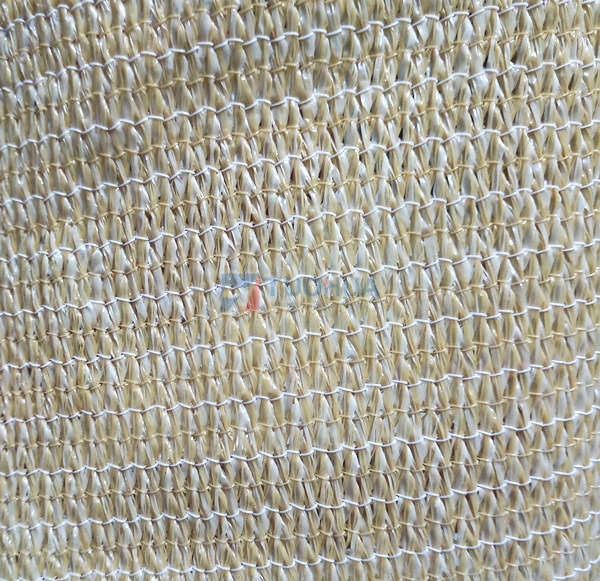
Shade netting with 70% shading rate:
It is suitable for flower gardening, fruit tree planting, home gardening and other fields. This kind of shade netting can provide good shading effect for crops and prevent excessive direct light from causing leaf sunburn or fruit burn, and also reduce indoor or outdoor temperature to improve the growth quality of crops.
Shade netting with 90% shading rate:
It is suitable for greenhouse planting, fish pond breeding and other fields. This kind of shading net can provide more complete shading and sun protection, provide the best growing environment for crops, reduce the intensity of light and prevent over-exposure to the sun. In fish pond farming, shade nets can prevent the water surface temperature from rising and protect fish from over-exposure to the sun.
The application range of shading nets with different shading rates is different. Choosing the right shading net can provide good sun protection for different fields, improve crop yield and protect the health of people and fish.
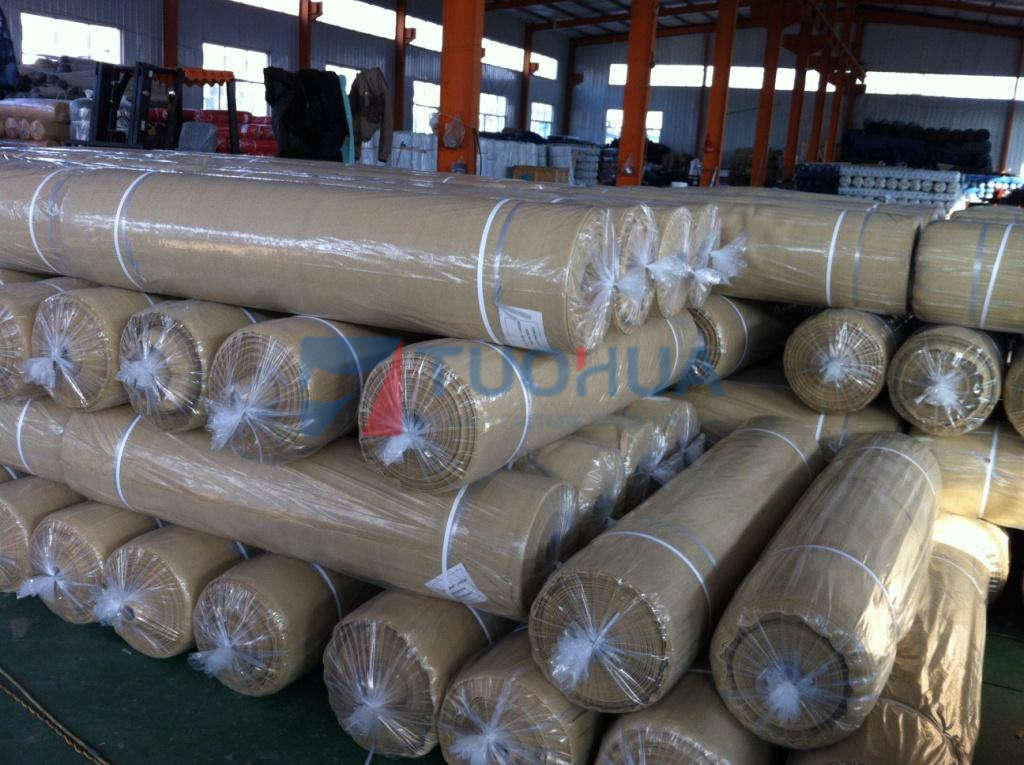

How to choose the right shading rate?
In addition to the 30%, 50%, 70% and 90% shading rates mentioned above, shade nets can also have other different shading rates, such as 10%, 20%, 40%, 60%, 80%, etc.
Lower shading rates, such as 10% and 20% shading nets, are suitable for places that need some shading effect but still need sufficient sunlight exposure, such as open-air cafes, playgrounds, leisure plazas, etc.
Higher shading rates, such as 80% and 90% shading nets, are suitable for places that need complete shading and sun protection, such as large botanical gardens, zoos, greenhouse sheds, etc.
These places have relatively low requirements for light, but need to maintain a stable ambient temperature and humidity, so the use of high shading rate shading nets can effectively control temperature and improve environmental quality.
When choosing shading nets, besides shading rate, we also need to consider factors such as breathability, durability and UV resistance of the material. In addition, the climate and light conditions of different regions also need to be considered in order to choose the most suitable shade netting.
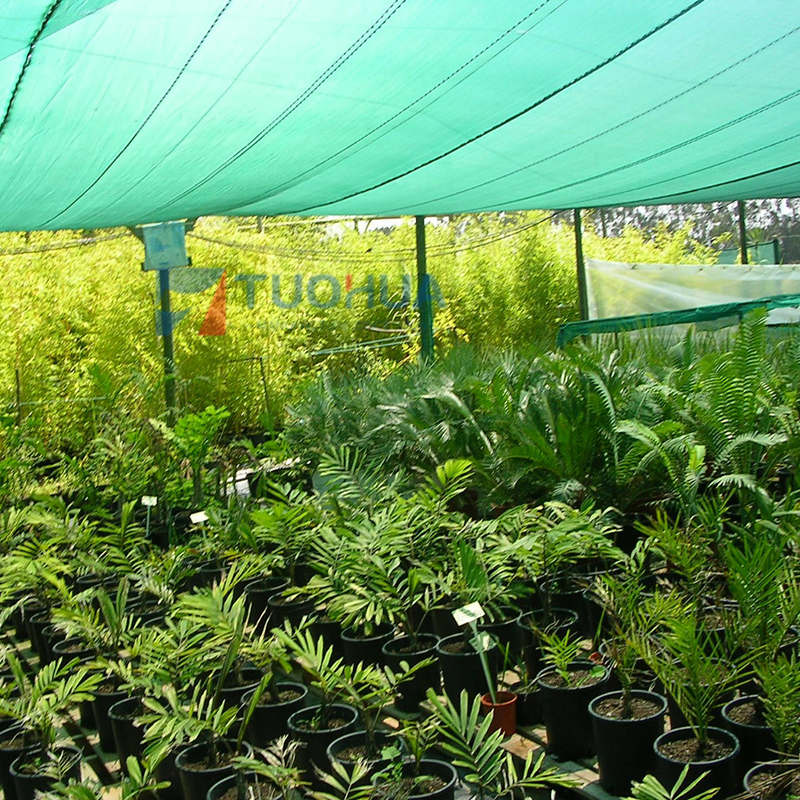
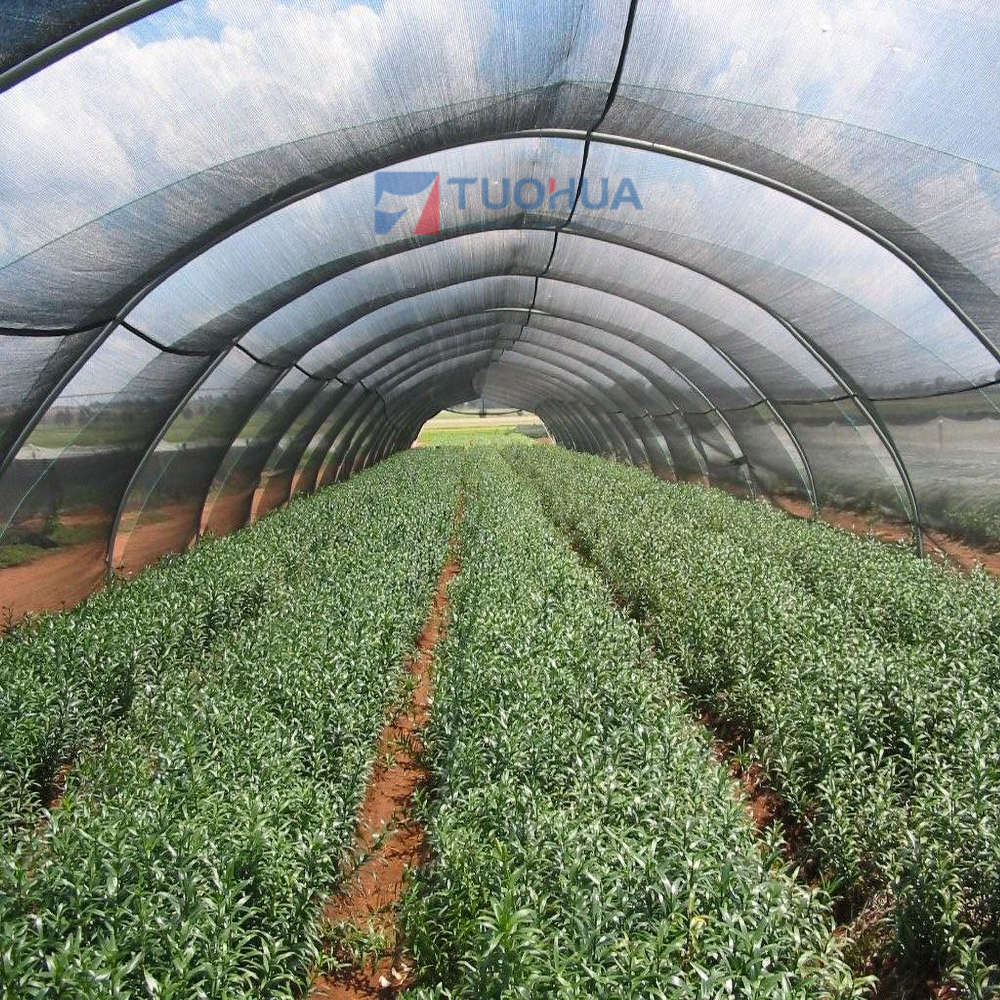
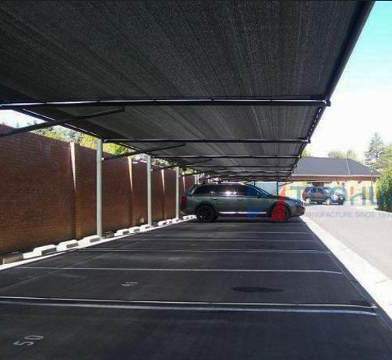
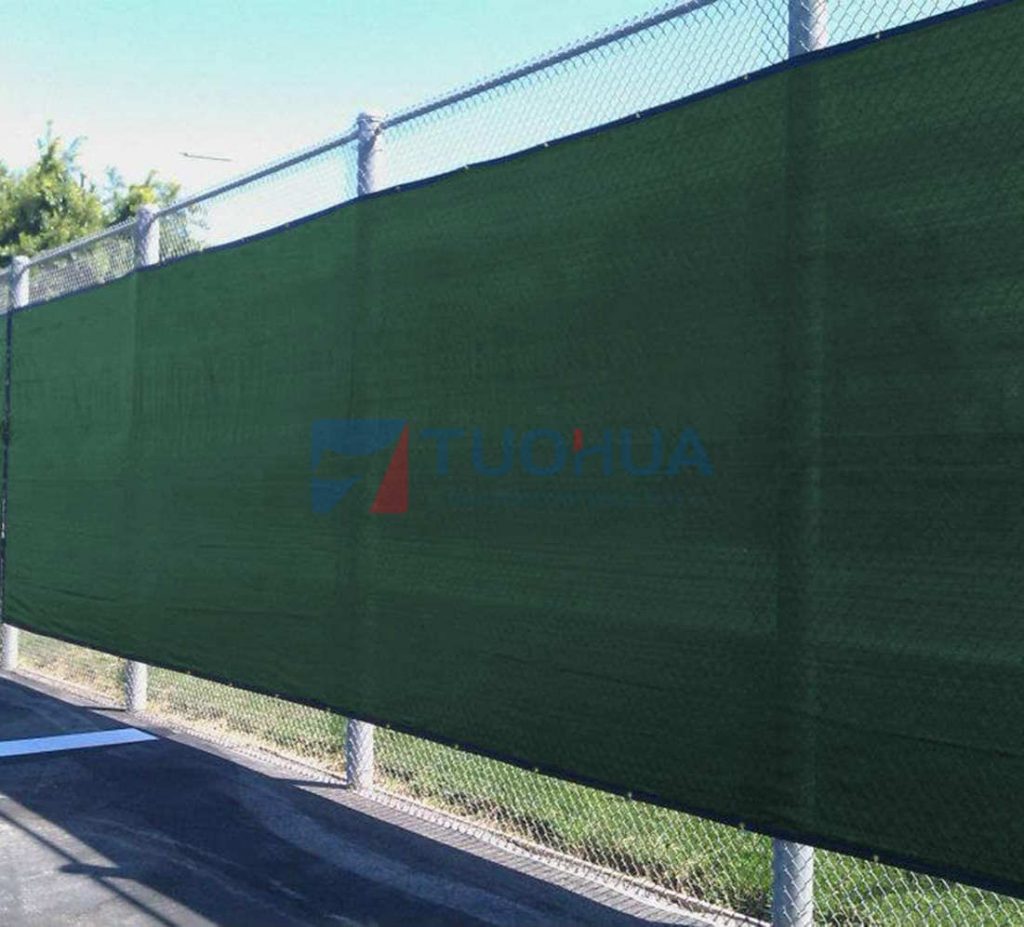
Conclusion
Overall, shade netting is a practical sun protection material that provides effective shade and sun protection for construction, agriculture, horticulture and other fields. Choosing a shade net with the right shade rate can provide the best shade for different needs, while factors such as the quality of the material and the environment in which it is used also need to be considered.
Good packaging reflects the quality and class of the product, which is a direct way for customers to identify the product. We are able to offer a wide range of packaging customization options, and we offer packaging that is popular and favored by our customers to ensure that the merchandise sells well. And remember we have more.
If you are a wholesaler or retailer, you are welcome to ask us questions about our products.


